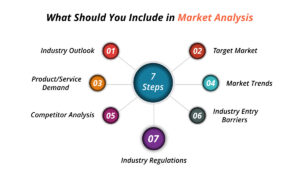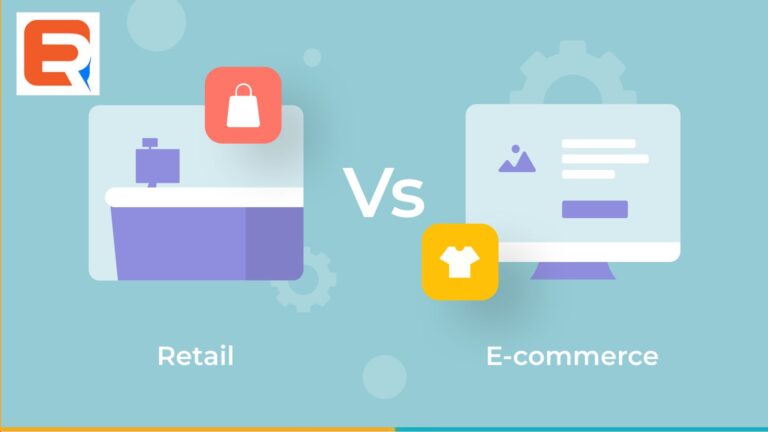Developing a comprehensive retail business plan is crucial for success in the competitive retail industry. A well-crafted business plan serves as a roadmap that outlines your objectives, strategies, target market, and financial projections. In this article, we will provide a step-by-step guide on creating a retail business plan, organized with clear points and headings to help you navigate the process effectively and efficiently.
I. Executive Summary
The Executive Summary overviews your retail business plan, summarizing key points such as your mission statement, target market, competitive advantage, and financial goals. It acts as a snapshot that entices readers to explore further.
II. Company Description
In this section, provide a detailed description of your retail business. Include information such as your legal structure, location, and the products or services you offer. Explain your mission, vision, and core values. Identify your target market, emphasizing their demographics, preferences, and purchasing behaviours. Highlight your unique selling proposition and what sets you apart from competitors.
III. Market Analysis

Conduct a thorough analysis of the retail market in which your business operates. Identify market trends, opportunities, and potential challenges. Gather data on your target market’s size, growth potential, and purchasing power. Analyze your competition, their strengths, and weaknesses. Use this information to develop strategies that capitalize on opportunities and address potential obstacles.
IV. Products and Services
Outline your products or services in detail. Describe their unique features, benefits, and pricing. Explain how they fulfil customer needs and differentiate your business from competitors. Highlight any proprietary or exclusive products that provide a competitive edge. Discuss plans for product expansion or diversification in the future.
V. Marketing and Sales Strategy
Detail your marketing and sales approach to attract customers and drive sales. Define your target audience and develop a comprehensive marketing plan that incorporates various channels, including digital advertising, social media, email marketing, and traditional advertising methods. Discuss your pricing strategy, sales tactics, and customer retention initiatives. Consider partnerships or collaborations to expand your reach.
VI. Operational Plan
This section outlines the day-to-day operations of your retail business. Discuss your location, facilities, equipment, and inventory management processes. Explain your supply chain management, including sourcing, purchasing, and inventory control. Define your staffing requirements, roles, and responsibilities. In the operational planning of your retail business, not only is managing inventory crucial, but so too is managing payroll efficiently. Opting for a trusted full-service online solution like OnPay can simplify payroll, HR, and other financial processes integral to your store’s daily operations. Address any legal and regulatory requirements pertinent to your business, such as permits or licenses.
It’s crucial to ensure that your retail business complies with legal requirements. An important step often overlooked by new entrepreneurs is creating a tailored LLC operating agreement template for their business structure, which can protect personal assets and clearly define operational procedures.
In the operational planning of your retail business, understanding and managing your financial records accurately is paramount. From initiating inventory management to forecasting revenue, financial record tips derived from a comprehensive analysis of your bank statements can steer strategic decisions toward profitability and regulatory compliance. Tapping into modern tools that facilitate these analyses seamlessly integrates with your financial planning efforts.
VII. Financial Projections
Include a comprehensive financial analysis that projects your revenue, costs, and profitability. Develop a sales forecast based on market research and historical data. Estimate your expenses, including rent, utilities, payroll, inventory, marketing, and administrative costs. Create a cash flow statement and a break-even analysis to assess your financial viability. Present a realistic timeline for achieving profitability and outline your funding requirements if seeking external investment.
Conclusion
Creating a retail business plan is a crucial step in setting up and growing your retail venture. Following the clear points and headings discussed in this article, you can effectively structure your plan, ensuring all key aspects are addressed. Regularly review and update your plan to adapt to market changes and drive ongoing success.




